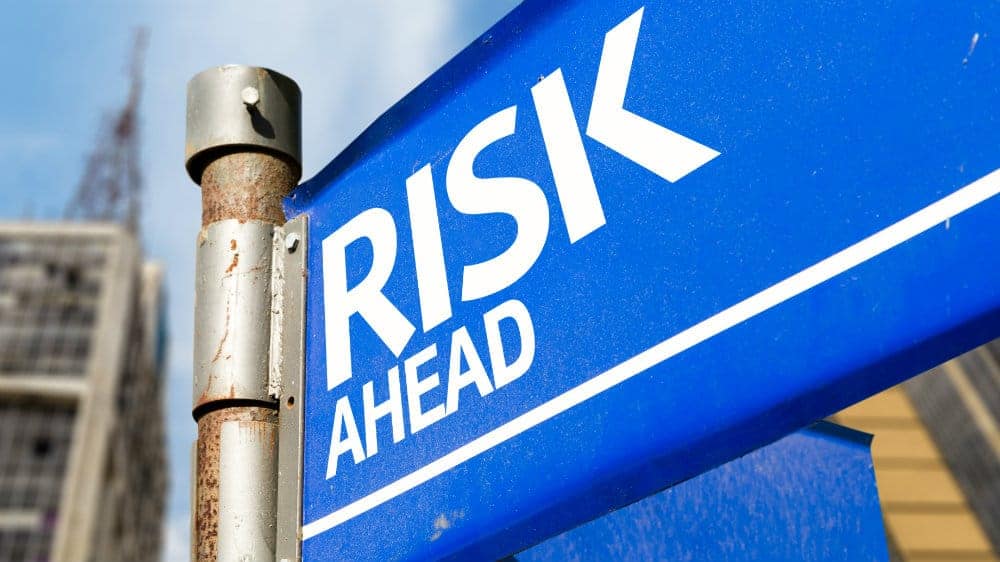Air Canada (TSX:AC) caught a major tailwind in recent weeks, as investors bet on companies that should benefit from the reopening of global travel. Investors who missed the rally wonder if Air Canada stock is undervalued right now or overbought.
COVID-19 third wave
COVID-19 vaccinations are ramping up at an impressive pace in several key destinations for Air Canada. The United States government says all adult U.S. citizens should have access to a COVID-19 shot by the end of May. Several states already dropped lockdown measures, and that has investors hoping air travel will resume faster than previously expected.
Canada should see most of its adult population vaccinated by the end of the summer. The U.K. is also making good progress.
It’s easy to get caught up in the optimism as the days get longer, the weather improves, and vaccines continue to arrive. However, the emergence of the new COVID-19 variant strains threatens to delay the reopening of global air travel. Germany just declared it is facing a third COVID-19 wave. Italy announced it will implement a lockdown for Easter.
In Canada, 40% of Ontario’s new COVID-19 infections are variants of concern. A number of regions in the province are a risk of moving to tighter lockdown measures. Ottawa recently said its wastewater tests indicate the risk of a new third wave in the city.
If a major third wave takes hold before vaccinations can put out the fire, there is a risk that air travel restrictions could remain in place longer than the market currently anticipates.
Oil price risk to Air Canada stock
Jet fuel represents 15-20% of an airline’s expenses. The industry generated strong profits in the five years that preceded the pandemic, partly due to low oil prices. At the time of writing, WTI oil trades near US$66 per barrel compared to US$36 in November. Analysts predict oil could hit US$75 this year. Some of the more bullish oil calls see a run to US$100 by 2023, citing the cuts to investment that occurred in 2020.
Air Canada will see passenger capacity recover at slow pace in the next couple of years. Industry leaders don’t expect to be back to 2019 levels before 2023, at the earliest. If fuel costs soar during the recovery phase, Air Canada and its peers could struggle to return to profitability.
Business travel risk for Air Canada
Everyone who travels economy class hates walking past the first-class and business-class seats at the front of the plane. They have more room, get good meals, and enjoy numerous other perks that make their trips more enjoyable. This, however, all comes at a big price. In fact, business-class seats are very expensive, and they generate a good chunk of the profits for Air Canada and the industry at large.
The pandemic forced business people to conduct most meetings online. An online chat doesn’t fully replace the value of in-person meetings, but companies might be more careful with their travel budgets in the coming years.
Pundits speculate business travel will recover at a much slower pace than vacation bookings. How long that takes is unknown. Analysts even suggest the golden era of business travel is over for the airline sector.
If that turns out to be the case, airlines might struggle for years. At the very least, investors will need to dial down profit expectations.
The bottom line
Air Canada has ample liquidity to ride out the downturn and remains in much better shape than many of its international peers.
That said, the current share price near $30 appears to represent a best-case scenario. The stock could certainly move higher on positive momentum, but investors with a buy-and-hold strategy should evaluate the ongoing risks before adding the stock to their portfolios.



